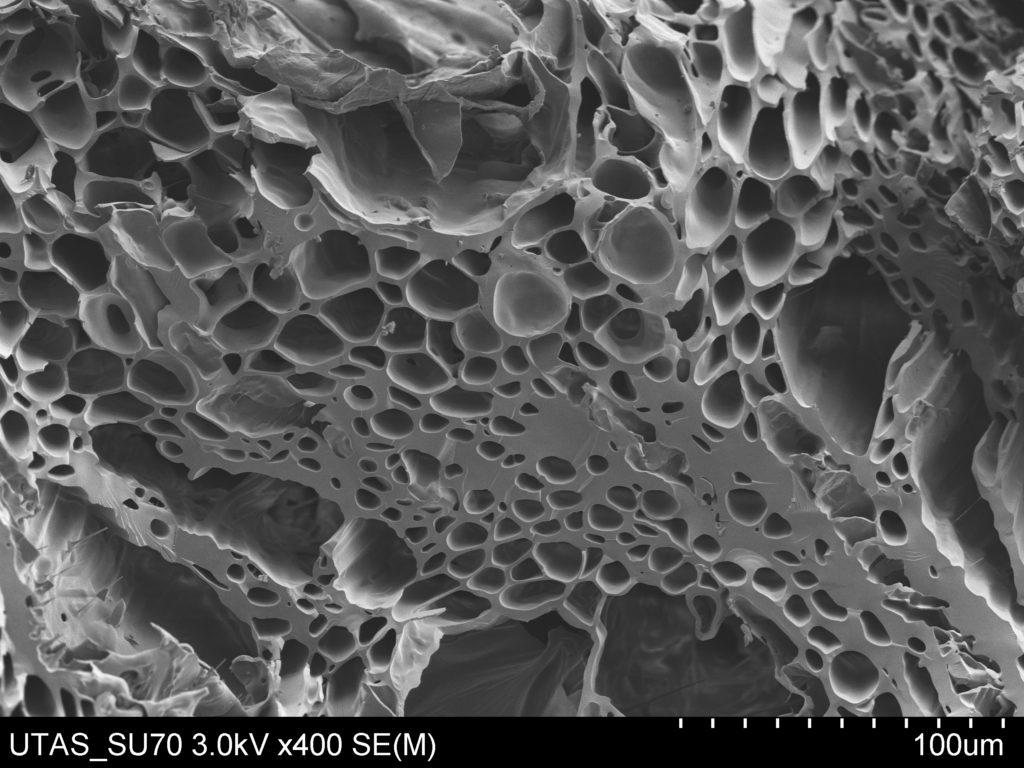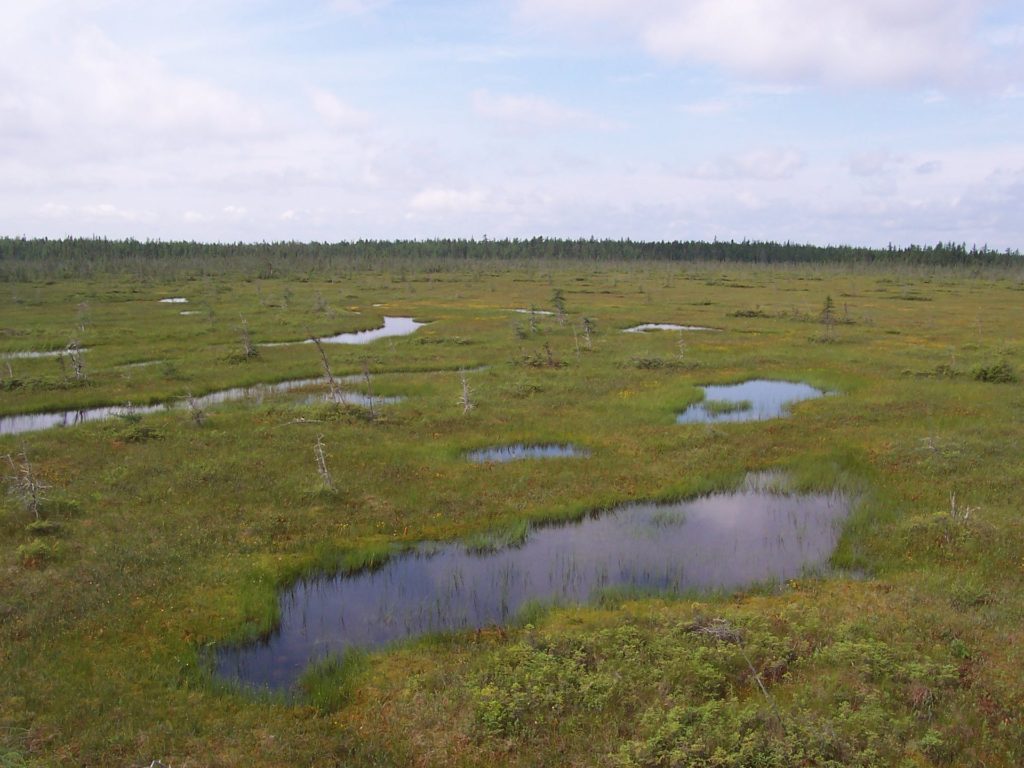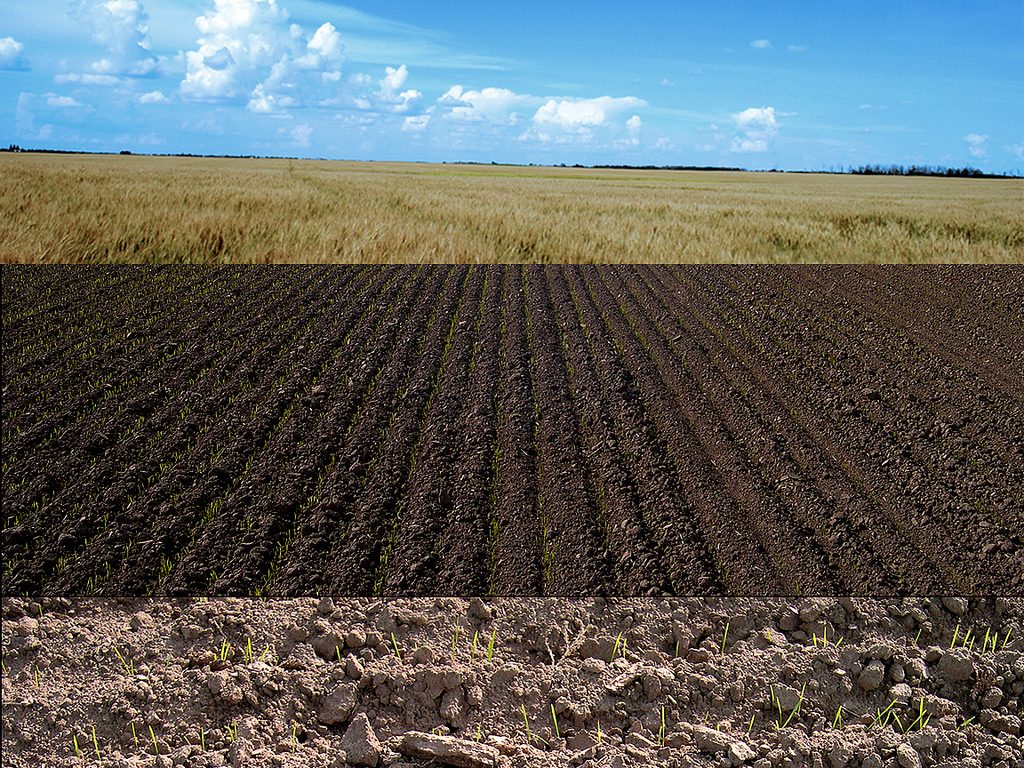This is the eighth in an ongoing series illustrating the relationship of Drawdown strategies to landscape architecture. For context, read the initial post here.
Drawdown outlines a number of individual strategies, which allows areas to be isolated and the impacts. It’s also useful to think of those beneficial relationships, and how leveraging changes in one area can ripple through others and create mutually supporting systems. In this case, the overlapping benefits of Compost, the #60 ranked Drawdown solution, which is a well known, which can also be instrumental in supporting one of the top-ranked (#3), Reduced Food Waste. By avoiding landfilling these materials (which can create massive amounts of another greenhouse gas, methane), we can reduce impacts and repurpose materials.
While reducing food waste is a multi-faceted issue that is not fully within the purview of landscape architects, it does relate, and we should be proactive in development of solutions that use wastes more efficiently. I would argue, similar to the previous discussion on Perennial Biomass, that this is a huge opportunity for landscape industry to transform their particular business-as-usual approach and close the loop as a waste as food strategy, with compost of landscape debris combined with food waste as a key element. From the Drawdown site, “Rather than generating methane, the composting process converts organic material into stable soil carbon, while retaining water and nutrients of the original waste matter. The result is carbon sequestration as well as production of a valuable fertilizer. “

The opportunity to use old technologies as well are coming into vogue, that have specific benefits. One of these, Biochar , has huge potential (0.81 gigatons of reduced CO2 by 2050). The key here is pyrolysis, which is baking plant wastes at high temperatures in an oxygen free environment, which leaves the majority of the carbon intact, where it is used as a soil amendment. and can increase fertility, productivity, and potentially help protect plants against diseases.

There’s a ton of new research and indications are that, in addition to the carbon sequestration potential, the benefits hint at an opportunity to transform landscape soil management practices in landscape designs. The potential is multiplied by being able to produce energy through burning, while also reducing waste streams by converting biomass into a form that aids in soil enrichment.
“Biochar retains most of the carbon present in biomass feedstock and buries it. Rendered stable, that carbon can be held for centuries in the soil—a much-delayed return to the atmosphere. Theoretically, experts argue, biochar could sequester billions of tons of carbon dioxide every year. “
While biochar is focused on plant wastes to improve soils and trap carbon, other soil amendments that are currently used need to be protected, because their value in sequestration far outweighs their benefits in other areas. Carbon-rich peat is a great example of that, which is used as a soil amendment in landscapes, and for nursery industry, due to it’s ability to hold moisture. It can also be used as a mulch and as a soil conditioner. . This is why Peatlands is the #13 Drawdown strategy, which has an astronomical 1,230.38 gigatons of CO2 trapped currentlym, which will stay there is the peatlands are protected, and not harvested for uses like fuel, or for soil amendment. In this way, eliminating use in landscape industry can continue peatland’s more appropriate hard work on climate mitigation.

A soil related area is also Nutrient Management, which is related to use of fertilizers in maintaining agricultural (and I would add landscape) productivity, and the implications of runoff, such as nitrogen, which causes a number of issues, including depleting organic matter, polluting waterways while depleting oxygen which leads to fish kills and algal blooms. Another impact I was unaware of has direct impact on causing global warming, as noted on the Drawdown website:
“…soil bacteria convert nitrate fertilizers into nitrous oxide—298 times more powerful than carbon dioxide in its warming effect.”
A number of strategies can be employed, and requiring a paradigm change in maintenance. As mentioned, there are “Four Rs” that should be considered, the “right source, time, place, and rate”, which includes things like concurrent with the needs of plants, at the right time where it will be effective, and reducing over-application. Also, operations and maintenance manuals can influence preferred techniques like IPM, and other strategies to reduce pesticides and fertilization.
While a number of these areas are focused on agriculture, which is obviously a larger possible impact, there’s still a ton of opportunity to reduce impacts through use of materials like biochar, better management of wastes for composting, and more thoughtful nutrient management. All of these are directly applicable to landscape operations and management, and also tie directly to better landscape design.
HEADER: Soil image via Climate Nexus

One thought on “Daily Drawdown 8: Soils”